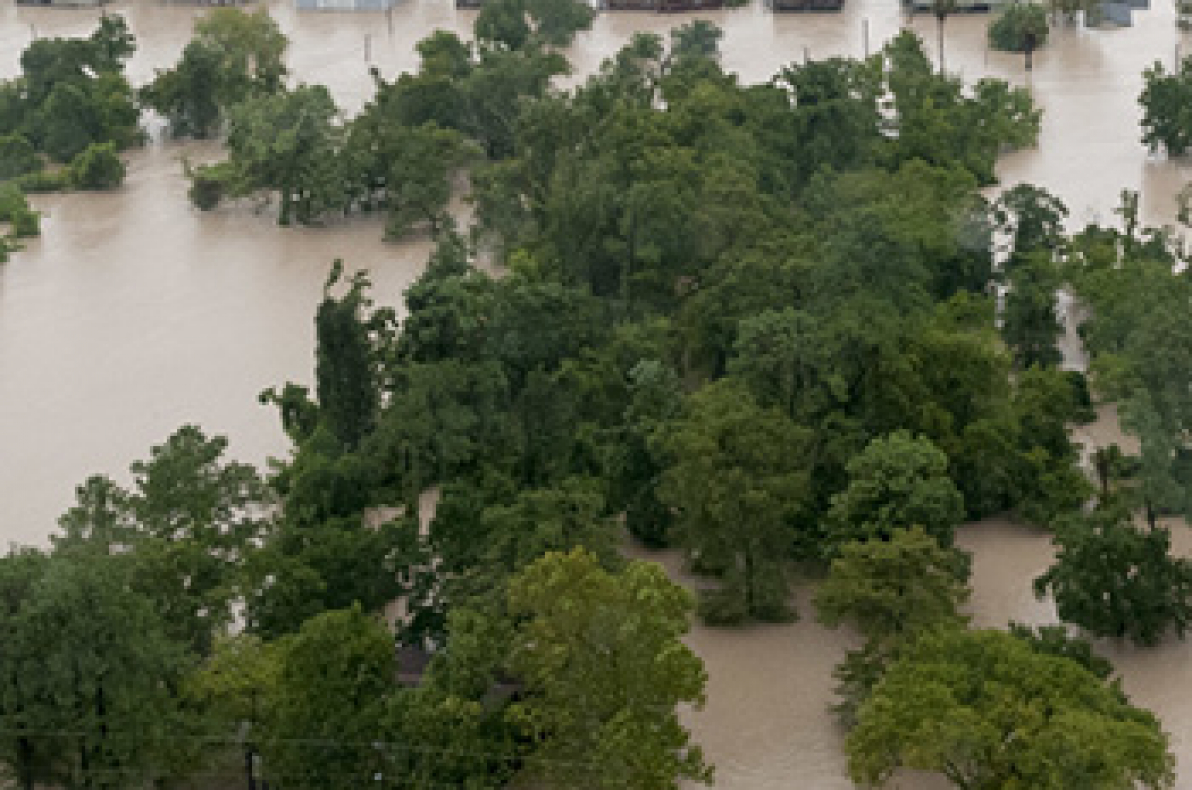Steps to Avoid ‘Feast or Famine’ Business Cycles

Natural disasters are nothing to take lightly. And the 2017 hurricane season turned out to be the epitome of such a statement, proving to be one of the most costly in history.
While there is no joy in disaster, the fact of the matter is that such circumstances require the aid of experienced catastrophic flood response mitigation and restoration contractors—which can ultimately prove to be highly profitable for those who have the resources. Unfortunately times like these also serve as a painful reminder to the realities of doing business today. It is not uncommon for companies to become drained—both physically and financially—in the aftermath of their relief efforts.
Those that have been through such circumstances are well aware of the opportunities and risks involved. For those who are new to the industry, it serves as a lesson in due diligence—ensuring to account for the inherent risks to the business that come from doing what you do best: Coming to the aid of those in need.
According to RIA President Chuck Violand, companies often find themselves “feeding off the carcass,” with the carcass being an abundance of jobs associated with severe weather, or even just a highly profitable month or year. In 2005 article, Violand warned, “If we’re not careful this can lead to a feast-or-famine cycle. We feed off the fat profit until it’s all gone. Then, faced with our very survival, we desperately chase the next sale. Then we go through the same cycle again.”
To avoid the “feeding-off-the-carcass” syndrome, Violand recommended that companies focus on their fundamentals and keep doing what resulted in the increase in profits in the first place, and consider the carcass to be “plus money” and go about their activities as though they do not have the job.
At After Disaster, Lee King, vice president of RIA, said they avoid this cycle by spreading out the client base among residential and commercial clients, with about 80 percent residential and 20 percent commercial. He said a challenge associated with such busy times in the restoration industry is labor resource allocation, but there is no easy answer for how to handle it. “We have been in the business for 25 years and still deal with this daily,” King said. “There is no magic formula.”
King noted that his company has become financially savvy “by carefully and deliberately saving money.” He also offered four actionable steps that restoration companies can take to start improving their finances today:
- Save money
- Develop an appropriate line of credit
- Don’t spent all of your money on equipment
- Anticipate receivable issues
Cash flow forecasts are crucial for business survival, according to experts, allowing firms to predict exactly when and how much cash is going to enter and leave the business over time so they can prepare for cash crunches and surpluses and make informed business decisions. Restoration and cleaning companies can often struggle with cash flow because they operate on extremely slim margins. Problems also can occur if their job estimates are inaccurate or if they do not correctly track their margins.
However, it is critical for companies to focus on their cash flow in order to remain profitable. Cash flow can be unpredictable when they work on a project-by-project basis, but having a cash flow forecast can help them determine whether they can afford to invest in a new employee, for instance, or have to push for another job to make ends meet.
In order to build an accurate cash flow forecast, firms must have a solid understanding of the previous peak season’s outcomes, particularly whether they spent too much on labor or materials, whether they experienced high turnover, whether they had the necessary equipment, and whether their workers had the necessary industry training to complete jobs efficiently and effectively.
Because cleaning and restoration projects do not always go according to plan, companies should engage in scenario planning to help determine what to do if a project goes over budget or they lose a contract, among other things. This helps ensure contingency plans are in place in the event of a cash shortage or surplus. Among other things, cash flow forecasting can help firms see upcoming cash gaps and take steps to ensure they can pay suppliers or meet payroll; gauge whether they can afford to safely reinvest their earnings to grow their business; ensure they can meet their financial obligations, which is critical because paying suppliers and bills on time and in full bolsters the company’s reputation; and stay on top of their credit control.
Ultimately, avoiding the feast-or-famine cycle involves financial discipline, maintaining profitable activities, and carefully forecasting and monitoring cash flow.
